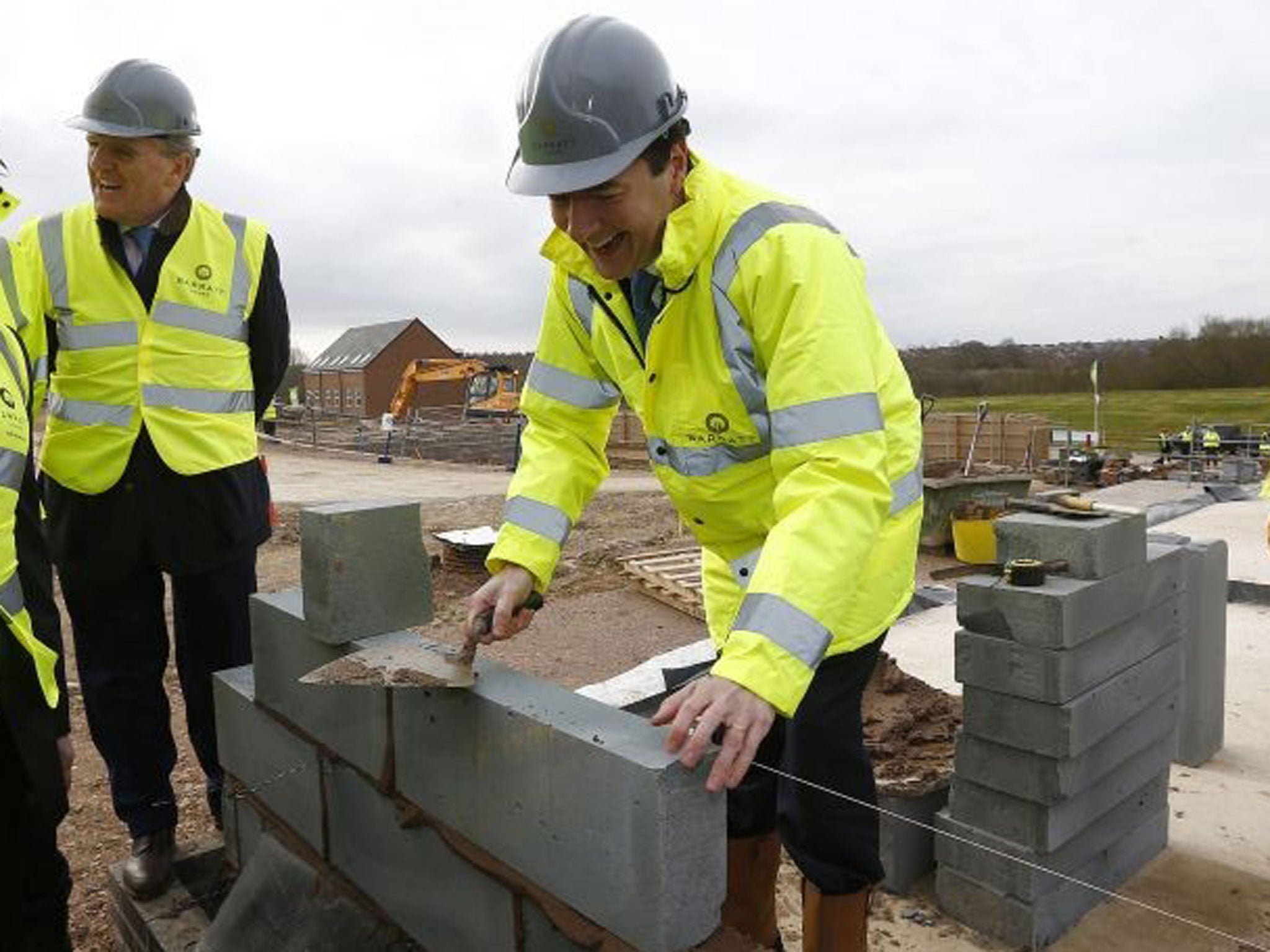Over 17,000 homes bought through Help to Buy
Official figures show that the majority of homes purchased under the scheme went to first-time buyers

Your support helps us to tell the story
From reproductive rights to climate change to Big Tech, The Independent is on the ground when the story is developing. Whether it's investigating the financials of Elon Musk's pro-Trump PAC or producing our latest documentary, 'The A Word', which shines a light on the American women fighting for reproductive rights, we know how important it is to parse out the facts from the messaging.
At such a critical moment in US history, we need reporters on the ground. Your donation allows us to keep sending journalists to speak to both sides of the story.
The Independent is trusted by Americans across the entire political spectrum. And unlike many other quality news outlets, we choose not to lock Americans out of our reporting and analysis with paywalls. We believe quality journalism should be available to everyone, paid for by those who can afford it.
Your support makes all the difference.More than 17,000 people have benefited from the Government’s Help to Buy scheme, according to the latest official figures.
Of the 17,395 homes sold under the scheme, the vast majority (80 per cent) were purchased by first time buyers, while 77 per cent were bought outside of London and the South East.
The figures were released by Downing Street on Sunday, just days after George Osborne announced the Help to Buy scheme is to be extended until 2020 with a £6 billion boost in the budget to help an estimated 120,000 more households purchase a new-build home.
Prime Minister David Cameron said: "Help to Buy is a key part of our long term economic plan, giving thousands more people the security and independence that comes from owning their own home."
The vast majority (14,823) of the homes were bought using the equity loan option, while 2,572 were bought using the mortgage guarantee element.
The two-part scheme enables buyers to get on the property ladder with as little as a 5 per cent deposit with a loan from the Government, but there are growing concerns the initiative is fuelling a housing bubble.
Earlier this month Halifax warned the scheme was pushing house prices further out of some people's reach by creating strong demand in a market where the supply of properties was not keeping up.
There are also concerns in particular that the second phase of the scheme - the mortgage guarantee offered on new and existing homes worth up to £600,000 - is pushing prices too high in London and the South East.
However, it is thought Help to Buy had such a dramatic initial impact due to pent-up demand from those previously shut out of the property market, and that this clamour may now be beginning to fade.
The figures show the average house price was £194,992 with the most sales made in the South East.
Uptake of Help to Buy has been the least popular outside of England, with only 33 sales in Northern Ireland, 416 in Scotland and 131 in Wales.
Labour argued the cost of housing would remain high unless more properties were built to meet the demand.
Emma Reynolds MP, Labour's shadow housing minister, said: "Any help for first time buyers struggling to get on the property ladder is to be welcomed.
"But rising demand for housing must be matched with rising supply if this scheme is to bring the cost of housing within the reach of low and middle-income earners.
"Instead, under this Government house building fell to its lowest level in peacetime since the 1920s and home ownership continues to fall.
"You can't deal with the cost-of-living crisis without building more homes."
Additional reporting by Press Association
Join our commenting forum
Join thought-provoking conversations, follow other Independent readers and see their replies
Comments